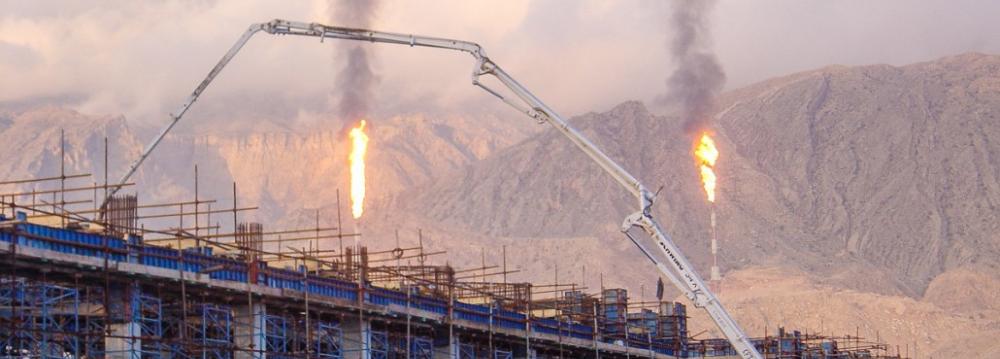Iran is the world’s seventh highest emitter of carbon dioxide, a greenhouse gas that is the main driver of climate change and the planet’s warming, according to data compiled by Global Carbon Project.
The project has updated its database with figures from 2015. Country-specific data for most nations are not yet available for 2016.
According to GCP, Iran’s annual carbon emission is 648 tons, which is nearly half that of sixth-placed Japan, which emits 1,237 tons of carbon dioxide.
China (10,357 tons), the United States (5,414 tons), European Union (3,509 tons), India (2,274 tons), and Russia (1,617 tons) are the world’s top five emitters of carbon dioxide. Saudi Arabia (601 tons), South Korea (592 tons), and Canada (557 tons) rank eighth to tenth respectively.
Iran’s carbon emissions increased drastically between 1990 and 2015, rising by 5% annually, whereas the global average for the same period was 2.3%.
Burning of natural gas (346 tons) is the leading contributor to Iran’s carbon emissions, with oil (229 tons) in second place. Carbon dioxide produced during gas flaring (35 tons) comes in at third and emissions during cement production (32 tons) and coal burning (4.5 tons) round up the top five.
In fact, Iran is the world’s third biggest emitter of carbon dioxide from gas flaring, behind the US (46 tons) and Russia (75 tons).
The Department of Environment has made it a mission to do away completely with gas flaring by 2019, a rather ambitious goal that exceeds the target set by the parliament in January. The law obliges the government to reduce gas flaring to 10% or lower by 2021.
Most of the top 10 carbon emitters experienced respectable economic and industrial growth in the 25-year period. However, Iran is not among them.
Years of crippling international sanctions hammered Iran’s economy and despite the increasing use of fossil fuels, Iran registered positive growth two years ago.
Nonetheless, the government has made development of green economy a priority, as highlighted by the reduced reliance on petrodollars in the year’s budget.
Iran is one of the 196 signatories to the landmark Paris Agreement that aims to limit the planet’s warming to under 2 degrees Celsius, ideally at around 1.5°C, by reducing global greenhouse gas emissions.
The country has committed to slashing its emissions by 4% by 2030 and promises to up its pledge by 8% if it receives international aid in the form of financial assistance and modern technology. The EU said earlier this year that it would help supply Iran with the technology it needs.
A roadmap unveiled by the government shortly before the signing of the Paris accord in December 2015 targets major policy reforms in the energy sector, which is responsible for over 90% of the country’s greenhouse gas emissions.
The average annual temperature in Iran has increased by 1.8°C since 1750, considerably higher than the global average of 1.1°C, according to Iran’s Meteorological Organization.



